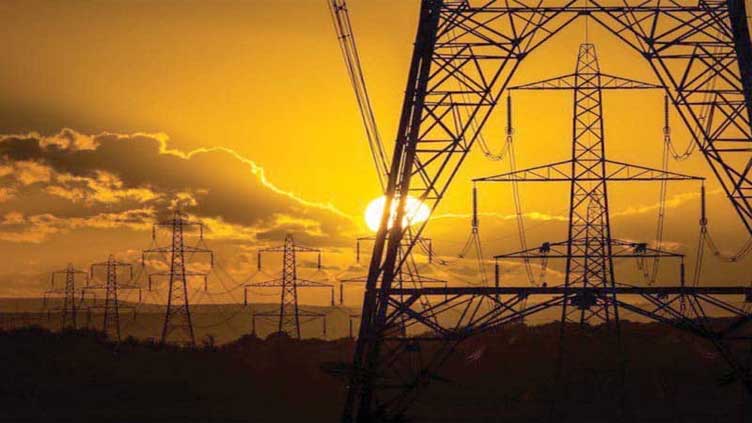Federal Energy Minister Awais Leghari recently shed light on how electricity pricing is determined in Pakistan, emphasizing that the National Electric Power Regulatory Authority (NEPRA) is responsible for setting power tariffs.
Leghari detailed that NEPRA bases electricity prices on two main factors: quarterly tariff adjustments and monthly fuel adjustment charges. He acknowledged that there is often confusion surrounding NEPRA’s decisions, both in the media and among the public.
“NEPRA’s decisions are frequently misunderstood due to a lack of clarity in the media,” Leghari remarked. He noted that NEPRA’s latest review on August 26 will lead to a 96 paisa per unit increase in electricity bills for the months from September to November. This rise is part of NEPRA’s quarterly adjustment process.
Conversely, Leghari highlighted that fuel adjustment charges are anticipated to decrease by Rs2.87 per unit. This reduction will result in an overall decrease of Rs2.37 per unit in consumers’ bills.
Addressing public concerns, Leghari explained that perceptions of continually rising electricity prices often stem from a misunderstanding of the adjustment mechanisms.
“It is a common misconception that electricity prices are always going up, whereas these adjustments are based on specific regulatory processes,” he said.
The federal government has recently introduced a comprehensive reform plan to address issues in the power sector. This plan includes eliminating cross-subsidies, revising taxes, and increasing electricity demand during winter months.
Measures include linking subsidies for domestic consumers to the Benazir Income Support Program (BISP) data, incorporating captive power plants into the national grid, and transitioning imported coal-fired plants to indigenous coal.
The reform also aims to double electricity demand from 10,000 MW to 20,000 MW in winter by encouraging the use of electric appliances like gas heaters and geysers, and replacing substandard fans.
Additionally, a three to five-year plan has been outlined to address transmission defects, and diesel-powered tubewells will be converted to solar power.










